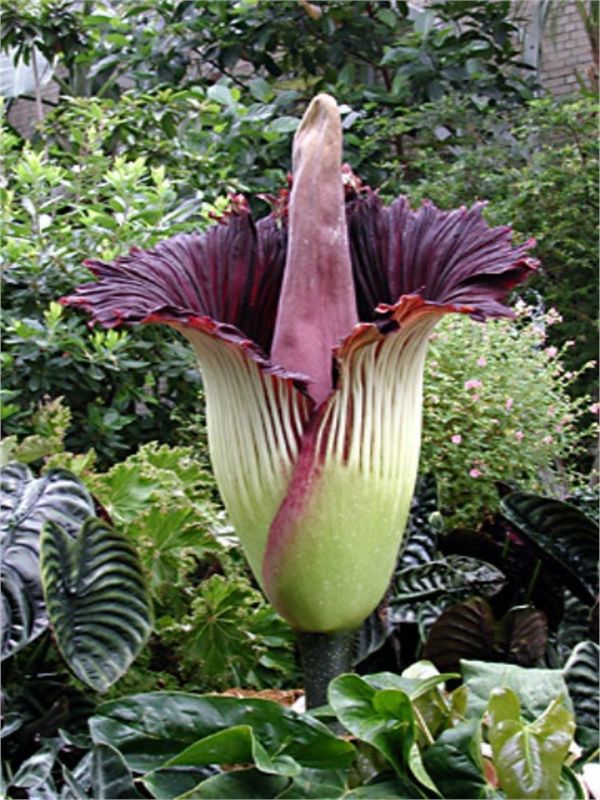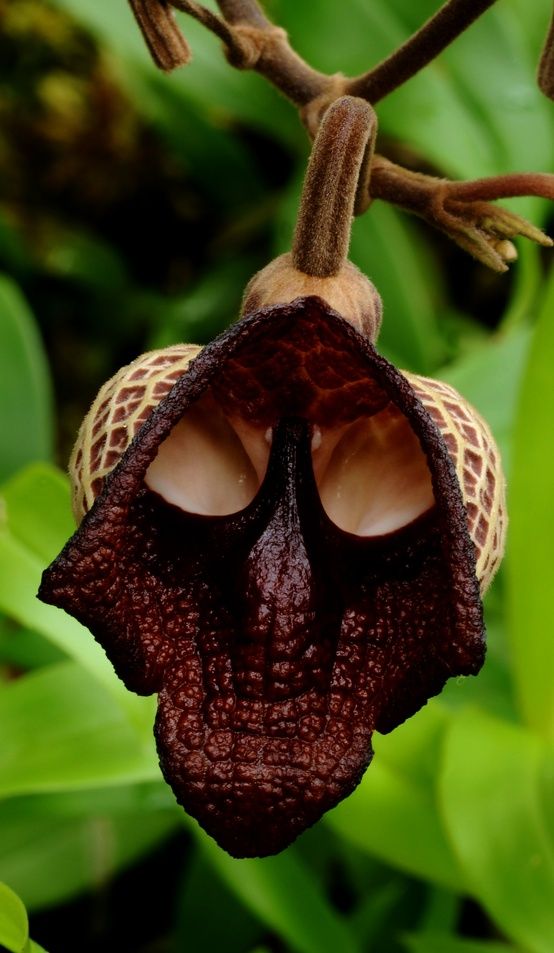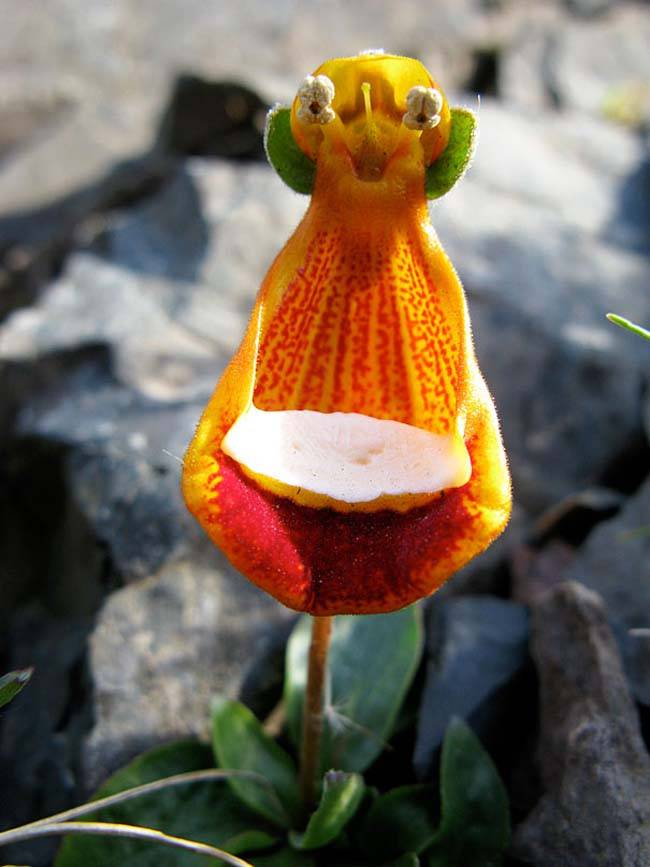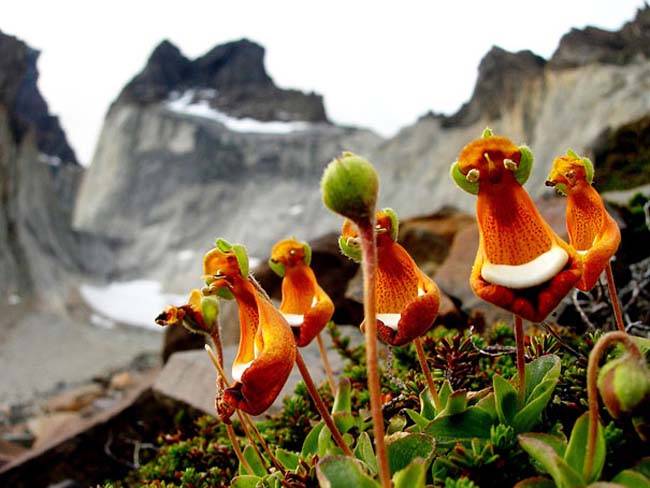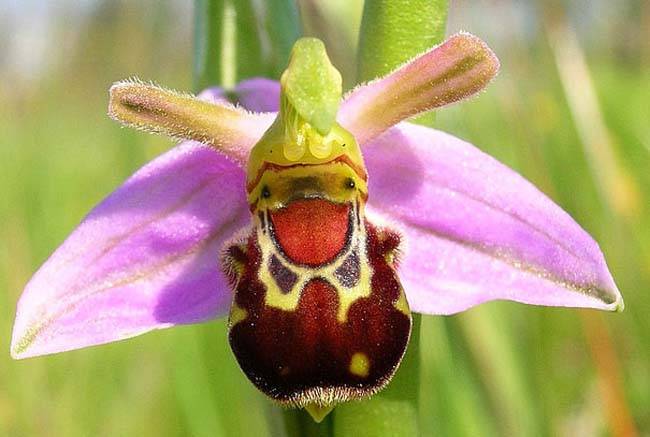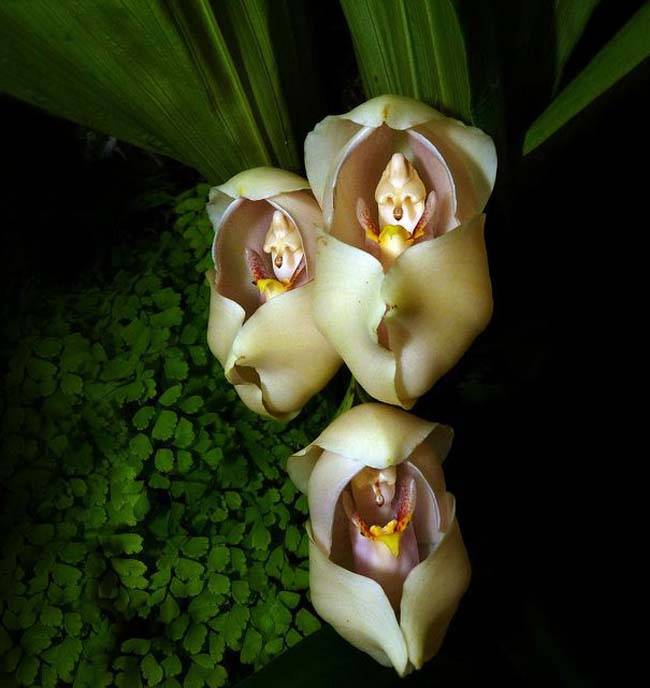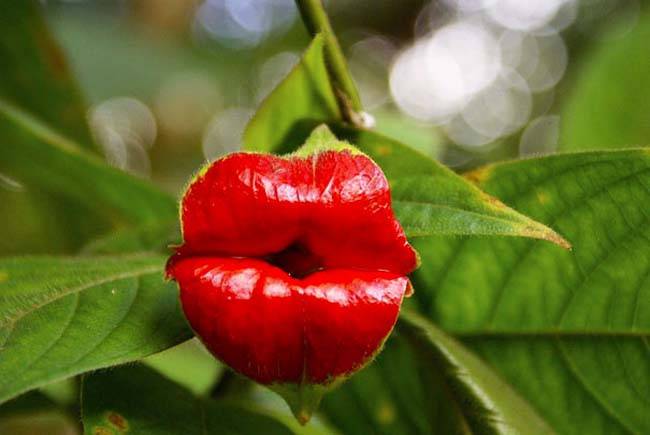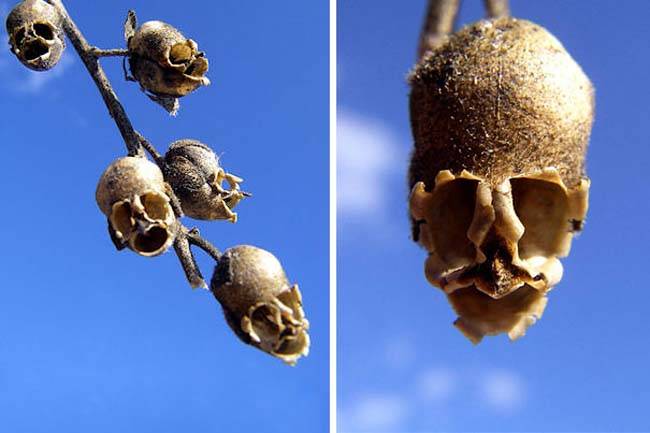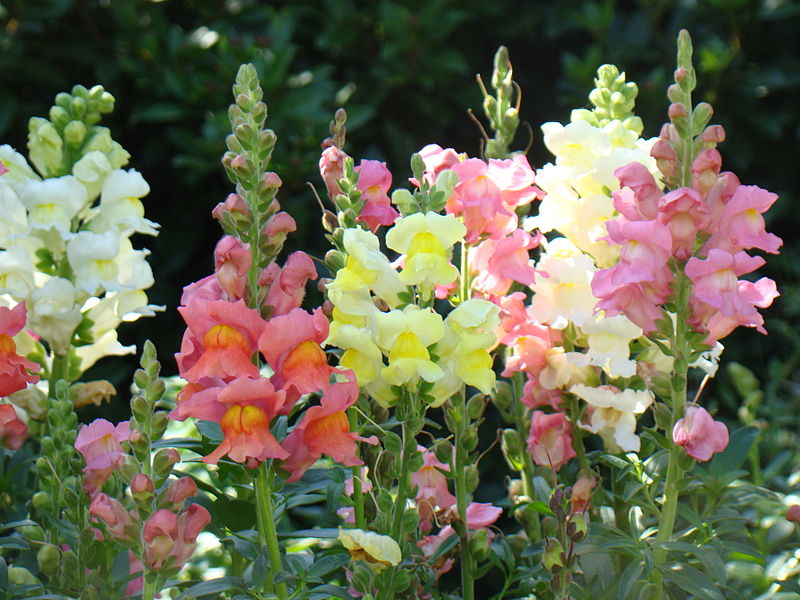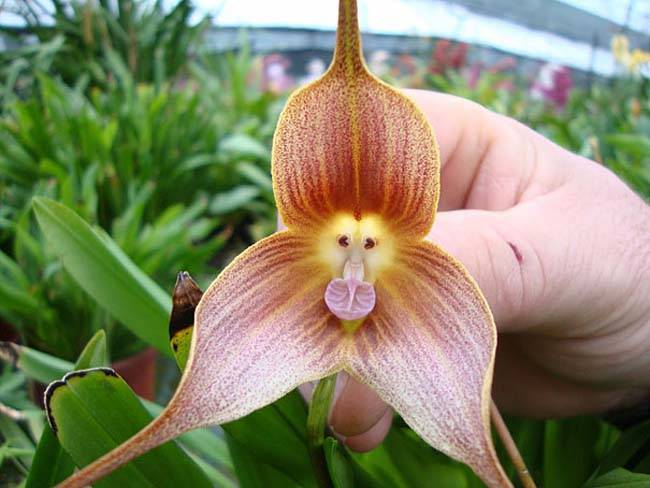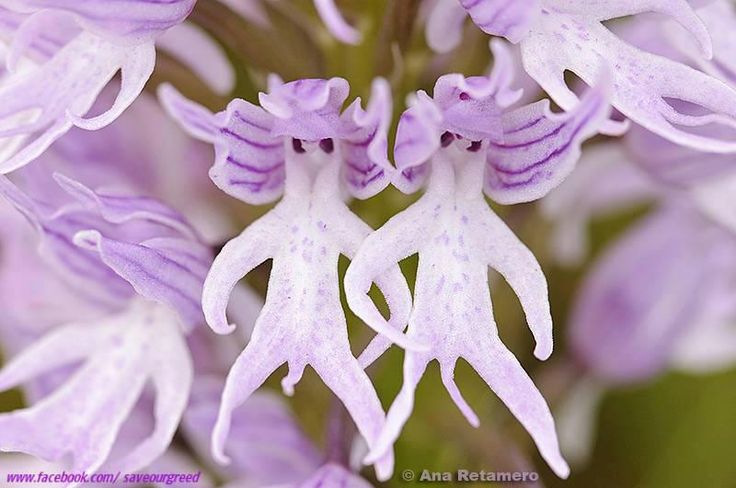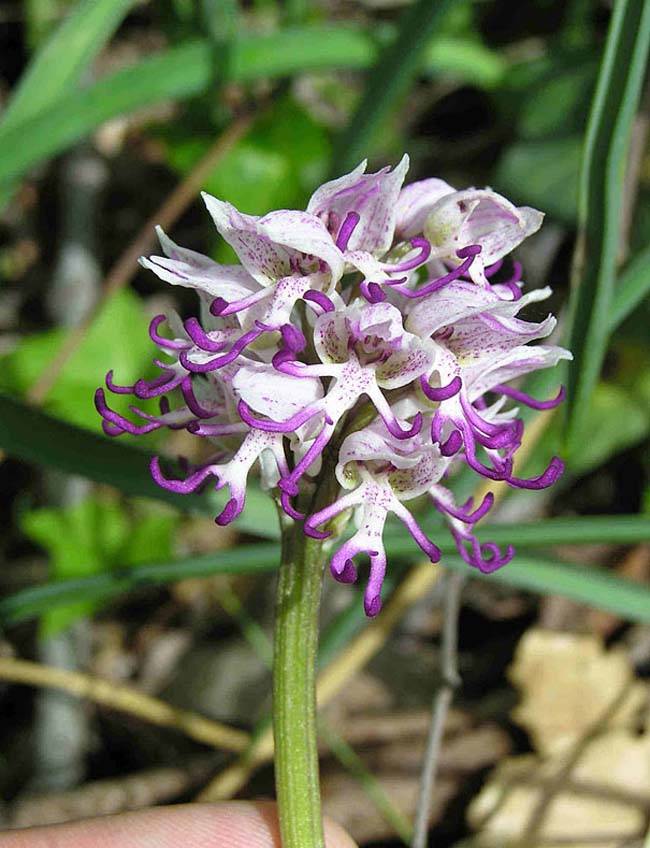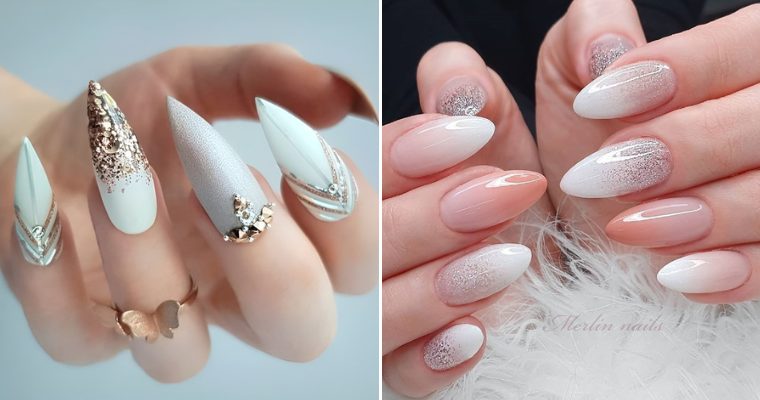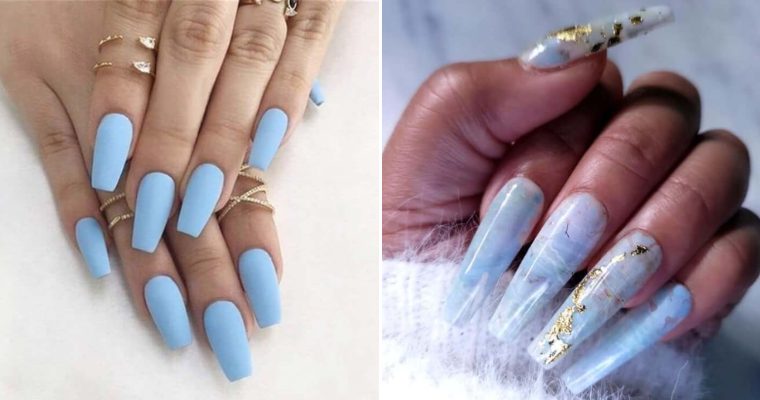Weird flowers. Whacky flowers. Crazy wonderful flowers. From Hooker Lips to Darth Vader masks, we have covered off some of the most unusual, rare and exotic flowers in the world….
TITAN ARUM (AMORPHOPHALLUS TITANIUM)
This phallic flower looks like something from the planet Pandora… Due to its foul odour (reminiscent of the smell of a decomposing mammal) it is characterised as a carrion flower, also known as the corpse flower. I think we’ll leave this stinking beauty to the rainforests!
DARTH VADER (ARISTOLOCHIA SALVADOR PLATENSIS)
Native to Brazil, this sinister looking flower is so rare very little is known about it. Could make an interesting buttonhole for a Star Wars themed wedding?!?!
HAPPY ALIEN (CALCEOLARIA UNIFLORA)
You can almost imagine this flower coming out with a Mork-like ‘nanoo nanoo’….The Happy Alien, also known as Darwin’s Slipper Flower, is from Tierra del Fuego in the southern region of South America. I wonder what an Unhappy Alien plant would look like?
LAUGHING BUMBLE BEE ORCHID (OPHRYS BOMYBLIFLORA)
Now if the Laughing Bumble Bee Orchid liked alpine conditions I am sure it would become best mates with The Happy Alien. What is particularly awesome about this orchid, is that it reproduces by pseudocopulation. A very long word that basically means the flowers lure amorous male insects into pollinating them by mimicking female insects. If there were a Golden Logie Award for plants, the Laughing Bumble Bee would be sure to receive one!
SWADDLED BABIES (ANGULOA UNIFLORA)
Hailing from the Colombian Andes, this rather unusual plant features complex flowers that at a certain stage of opening look uncannily like a swaddled baby. They also happen to be overwhelmingly fragrant (in a good way, not in a baby nappy way)!
HOOKER’S LIPS (PSYCHOTRIA ELATA)
This plant hails from the rainforests of Central and South America. The red lips are not actually the flower, but are waxy bracts, or a specialised leaf. A decade ago trekking through the jungle in Ecuador I remember local kids camping it up with the lips for a laugh. Nowadays, these plants are under threat in their native rainforest habitat due to deforestation and an increase in popularity with plant collectors. (9)
SNAP DRAGON SEED POD (ANTIRRHINUM)Snapdragons are such pretty cottage garden flowers. But after their pretty little heads are pollinated, you’re left with dried seed pods that resemble weird shrunken old skulls. You can understand why ancient cultures believed these seed pods held supernatural powers to protect against sorcery, witchcraft and curses. At one time they were even thought to contain anti-aging powers if women ate them. Dried snapdragon seed pod skull anyone? Maybe this is the missing ingredient in all our expensive skin lotions?
MONKEY FACE ORCHID (DRACULA SIMIA)Hmmm, not hard to work out why this orchid got the name Monkey Face! A very rare flower only growing in the mountainous regions of Ecuador, Colombia and Peru, the ‘Dracula simia’ hints at the resemblance between its two long spurs and the fangs of Bram Stoker’s famous vampire count, and the second meaning ‘monkey’ in Latin. Now what is rather funny about this cheeky little monkey orchid, is that it smells a lot like a ripe fruit. Banana you ask? Well ironically no. A ripe orange. Go figure.
NAKED MAN ORCHID (ORCHI ITALICA)
A Mediterranean native, this orchid looks like any other orchid at first glance. But take a closer look and you will see that each individual flower looks uncannily like a naked man in all his birthday glory. Many plants that resemble body parts and organs have been used since Roman times for healing, and the naked man orchid is no exception, with its edible flower being used as a treatment for male virility and an aphrodisiac.
Its tuberous root is also particularly nutritious and can be made into a flour similar to arrowroot, known as salep, used predominantly in Turkey in desserts and beverages. Its popularity however, has caused the orchid to become a victim of its own success. Wild plants have been collected for centuries and because there is not enough sustainably grown production there has been a considerable decline in the wild orchid populations. It now has a ‘threatened status’ making it illegal to harvest wild plants or to export true salep powder. (13)




